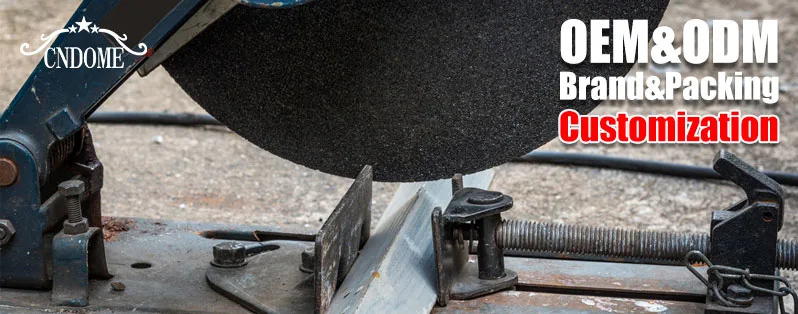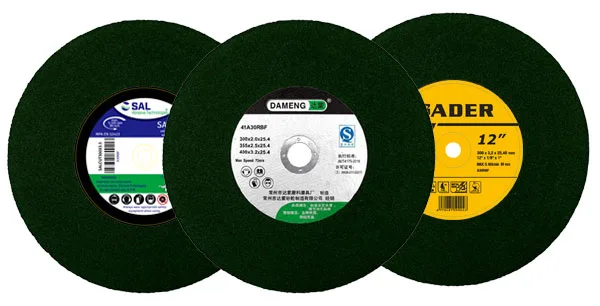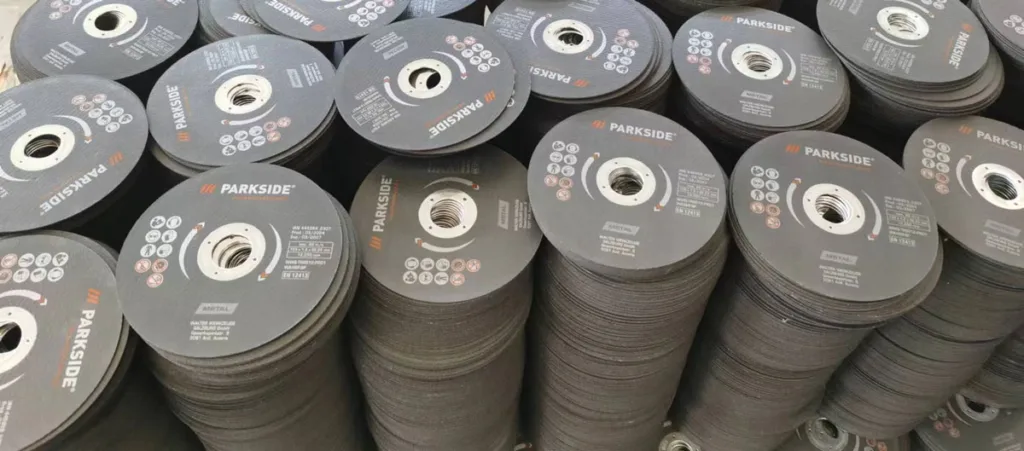Rotary tools are versatile and powerful instruments that find application in various DIY projects and professional tasks. Among the plethora of accessories available for these tools, cutting discs stand out as indispensable for precision cutting. In this blog post, we will explore the world of cutting discs for rotary tools, shedding light on their types, applications, and tips for optimal use.
Types of Cutting Discs:
1. Abrasive Cutting Discs:
- Material: Typically made of abrasive materials like aluminum oxide or silicon carbide.
- Applications: Ideal for cutting metals, ceramics, and other hard materials.
- Tip: Choose the grit based on the material you are cutting – coarse for metal, fine for softer materials.
2. Diamond Cutting Discs:
- Material: Embedded with diamond particles for increased durability and precision.
- Applications: Best suited for cutting hard materials like glass, tiles, and stone.
- Tip: Keep the tool speed moderate to prevent overheating and ensure a longer lifespan.
3. Fiberglass Reinforced Cutting Discs:
- Material: Consists of a thin layer of fiberglass to enhance durability.
- Applications: Commonly used for cutting metal, plastic, and wood.
- Tip: Check for compatibility with your rotary tool’s arbor size to ensure a secure fit.
4. Multi-purpose Cutting Discs:
- Material: Combines elements of abrasive and diamond discs for versatility.
- Applications: Suitable for a wide range of materials, offering a compromise between abrasiveness and precision.
- Tip: Consider these discs for general-purpose tasks where you may encounter different materials.
Applications:
1. Metalworking:
- Use abrasive cutting discs for precise cuts in metal sheets, rods, or pipes.
- Ensure proper safety measures, such as wearing protective eyewear and gloves, when working with metal.
2. Woodworking:
- Opt for fiberglass-reinforced cutting discs for woodworking projects involving plywood, hardwood, or MDF.
- Take care to choose the right thickness for intricate cuts without sacrificing stability.
3. Tile and Stone Cutting:
- Diamond cutting discs are essential for cutting tiles and stones with precision.
- Employ water cooling, if possible, to reduce heat and dust during the cutting process.
Tips for Optimal Use:
1. Safety First:
Always wear appropriate personal protective equipment, including safety glasses and gloves, to safeguard against potential hazards.
2. Correct Disc Selection:
Choose the cutting disc based on the material you intend to cut for optimal results and longevity.
3. Proper Mounting:
Ensure the cutting disc is securely mounted on the rotary tool’s arbor to prevent wobbling or dislodging during operation.
4. Controlled Speed:
Adjust the rotary tool’s speed to match the material being cut. Higher speeds may be suitable for harder materials, while lower speeds are recommended for softer ones.
5. Regular Inspections:
Periodically inspect cutting discs for signs of wear, damage, or deformation. Replace discs that show any signs of compromise.
Conclusion:
Investing time in understanding the different types of cutting discs and their applications can significantly enhance the efficiency and precision of your rotary tool. By following safety guidelines and choosing the right cutting discs for your rotary tools for the task at hand, you’ll unlock the full potential of your rotary tool in a variety of DIY and professional projects.



